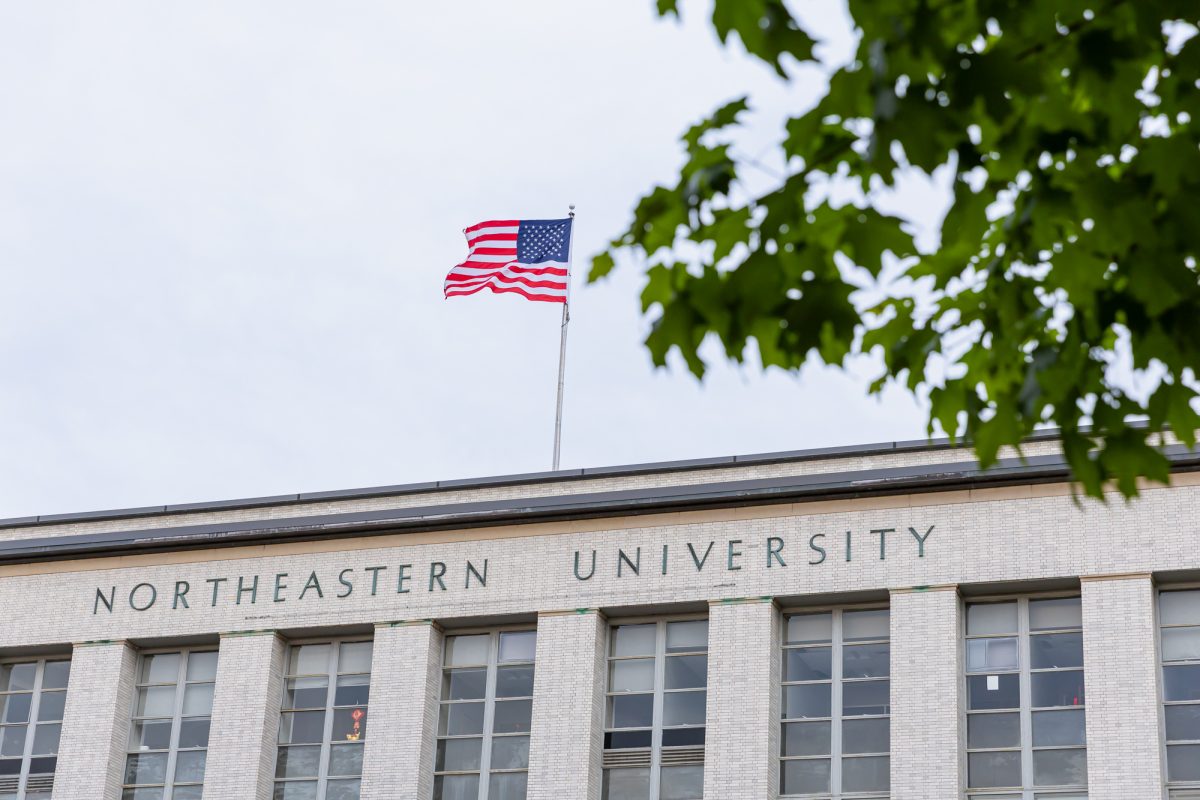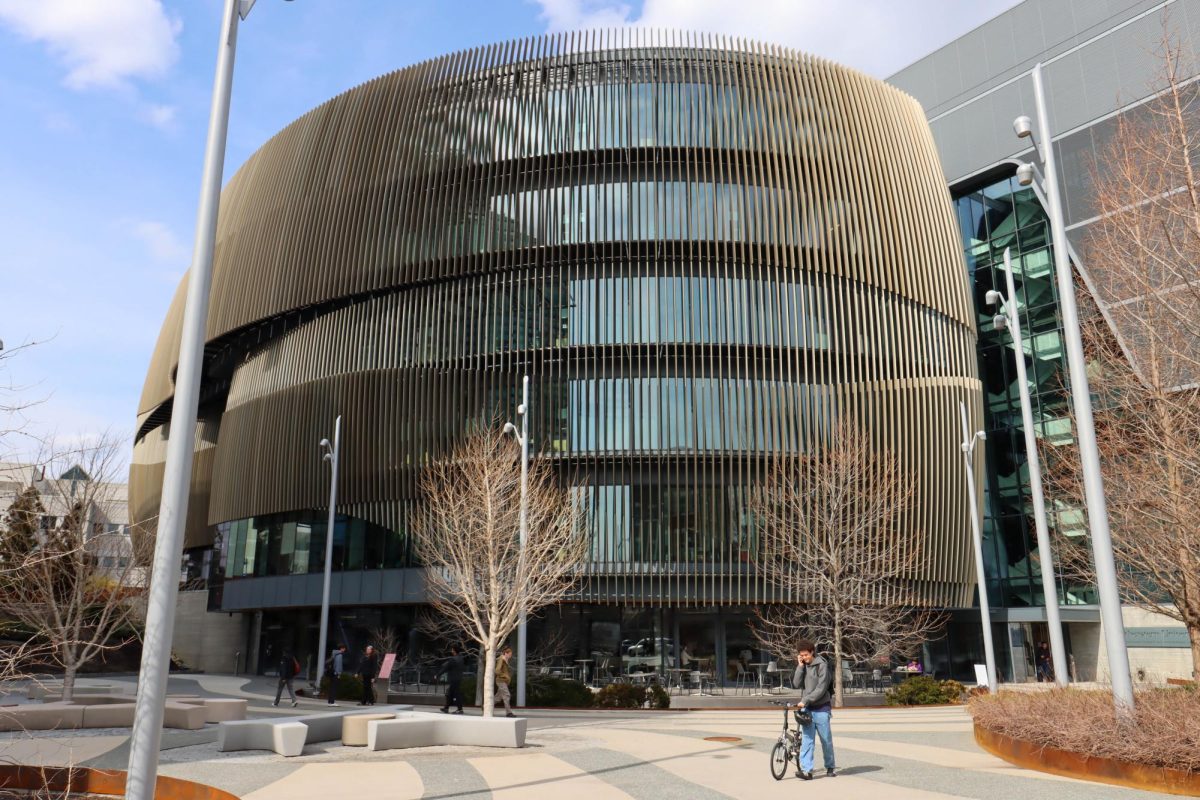By Ann Chin
A computer worm struck Northeastern last week, designed to cripple e-mail accounts by slowing computer systems and clogging the network, according to ResNet.
The worm, known as “MyDoom” or “Novarg,” was unleashed at the end of January and has appeared at numerous institutions around the world affecting 168 countries, according to www.CNN.com.
Created to operate only on PCs, the program enters a computer through an e-mail and will sit dormant until the user downloads the attachment, according to www.Microsoft.com
The worm works by installing a code that not only retards the system but also opens a “backdoor” through which a hacker can enter to manipulate the computer. MyDoom is even capable of shutting down Web sites completely, as it did to Santa Cruz Operation, Inc. (SCO), a smaller software company, which offers downloadable software to get rid of the virus.
Because of the specific targets on their companies, Microsoft and SCO each have offered an award of $250,000 for information on the creator of the virus. SCO wants the public’s help because it has affected everyone.
“This was created by a virus user,” said Blake Stowell, public relations director of SCO. “It not only affected us but the people around the world. There comes a time when you have to say, enough is enough. We offered the reward to get the public’s help.”
Despite the potential chaos that could have developed, the impact of the worm on the Northeastern community was lessened early on because of the fast action by the technology staff.
“Northeastern’s information systems organization took steps to lessen the worm’s impact,” said Glenn Hill, information technology security manager for the university. “[This includes] installation of special software to prevent the worm from entering or leaving the university network, and installation of software to remove the worm from incoming and outgoing e-mail messages in the myNEU, Lotus Notes, Research and Lynx environments.”
While Hill applauds the school’s fast action, he says it’s only a matter of time before the Northeastern community faces another invasion.
“The problems presented by e-mail are predicted to get worse over time,” said Hill. “Future incidents may cause more disruption and possibly damage to infected computers and networks.”
Despite the quick action taken by Northeastern, students have been inconvenienced by the arrival of MyDoom on campus.
“A teacher sent out an e-mail to tell us we had no class,” said Britni Williams, a freshman physical therapy major. “We all showed up for a class we didn’t have to attend because we did not receive the message.”
According to ResNet, all cases that were reported were successfully fixed.
“Any piece of mainstream virus protection software has the ‘fix’ for MyDoom,” said Brad Quarry, computer technician and senior management information systems major. “The problem is that most students do not run virus scans often enough to catch them before viruses do harm.”








